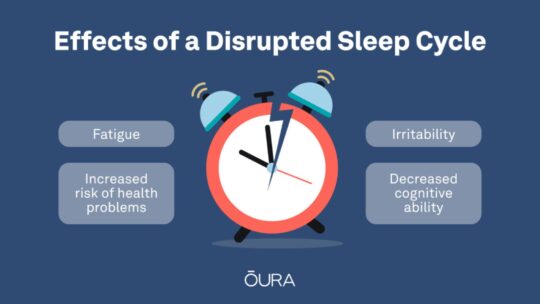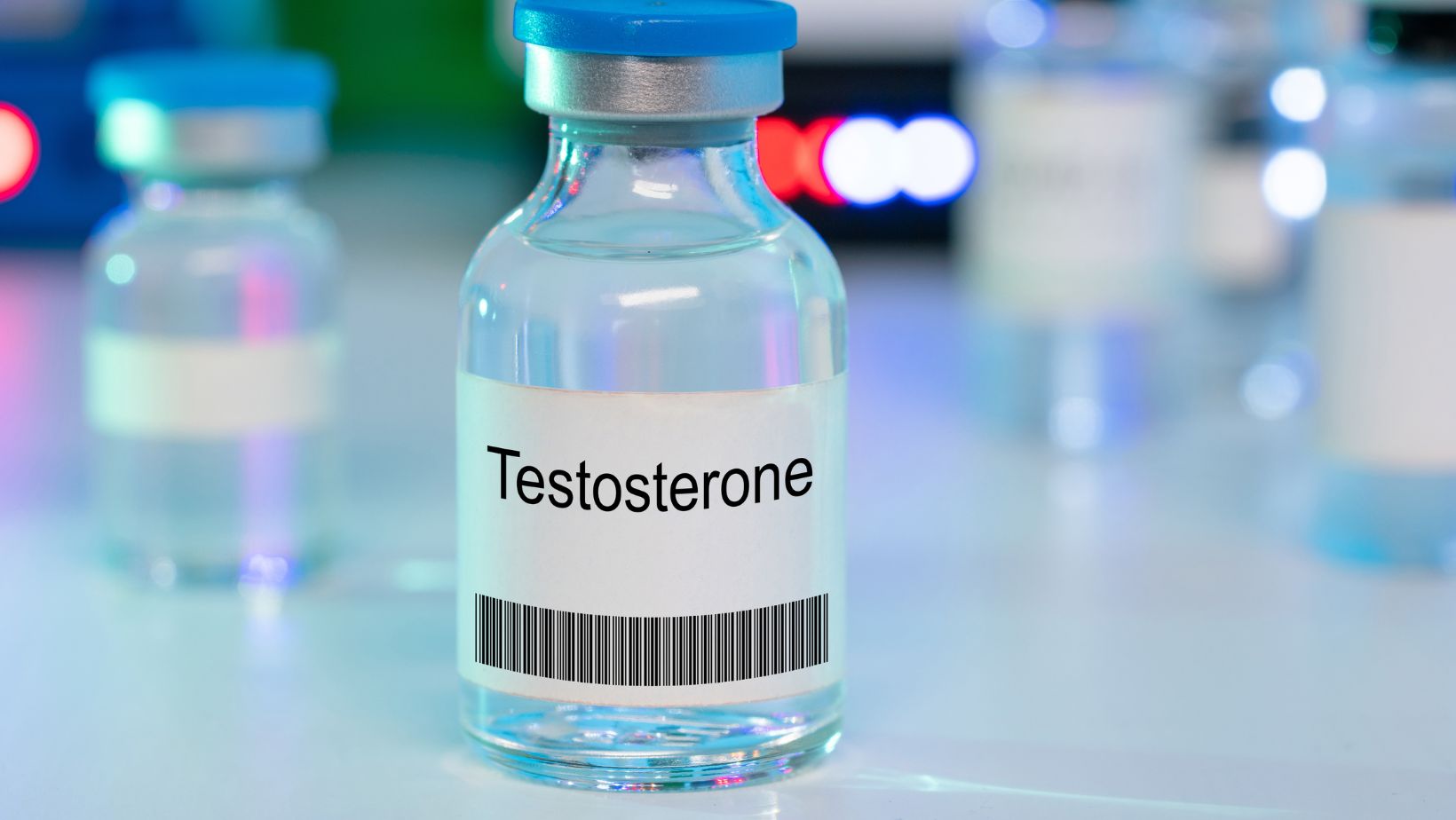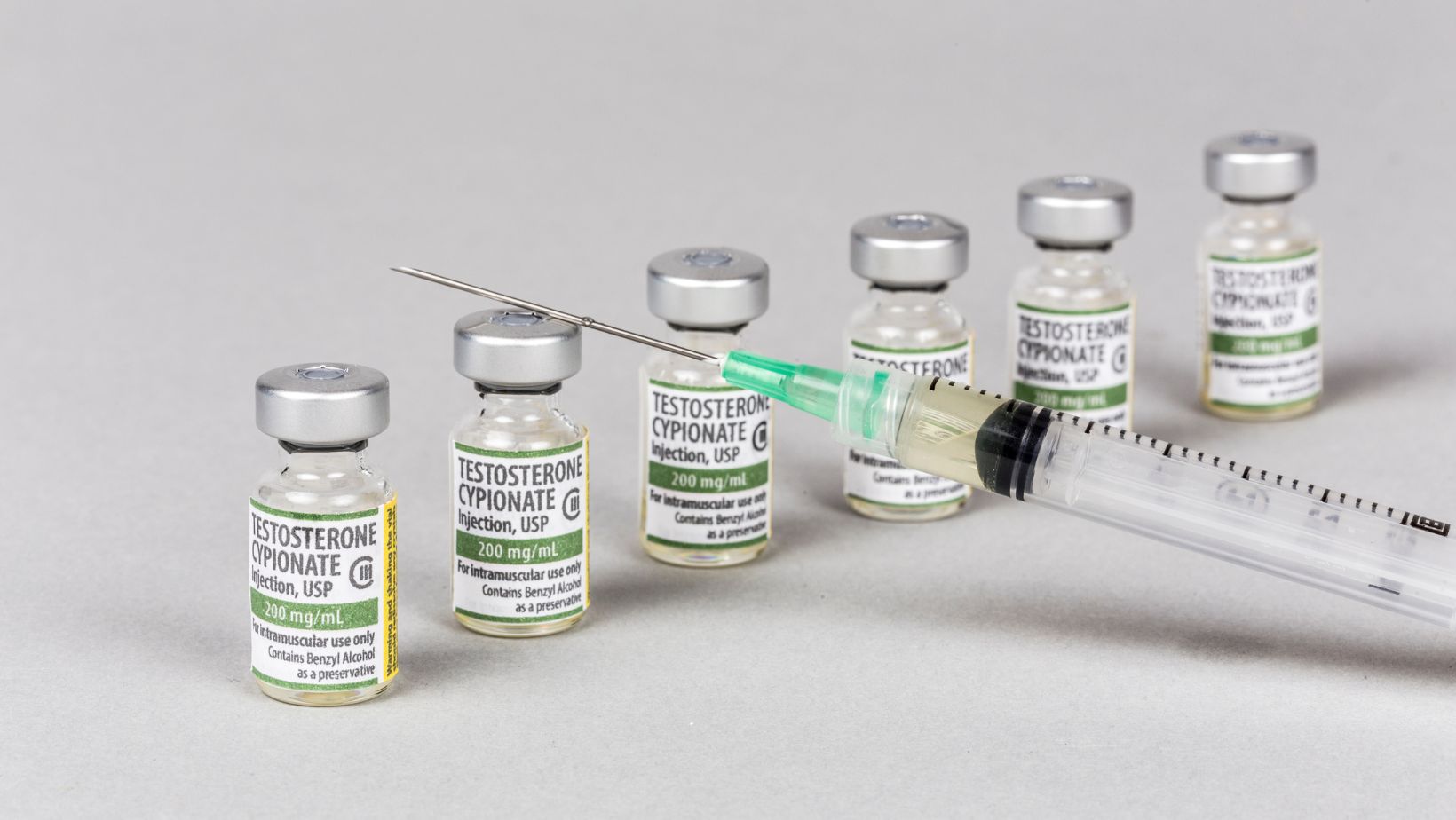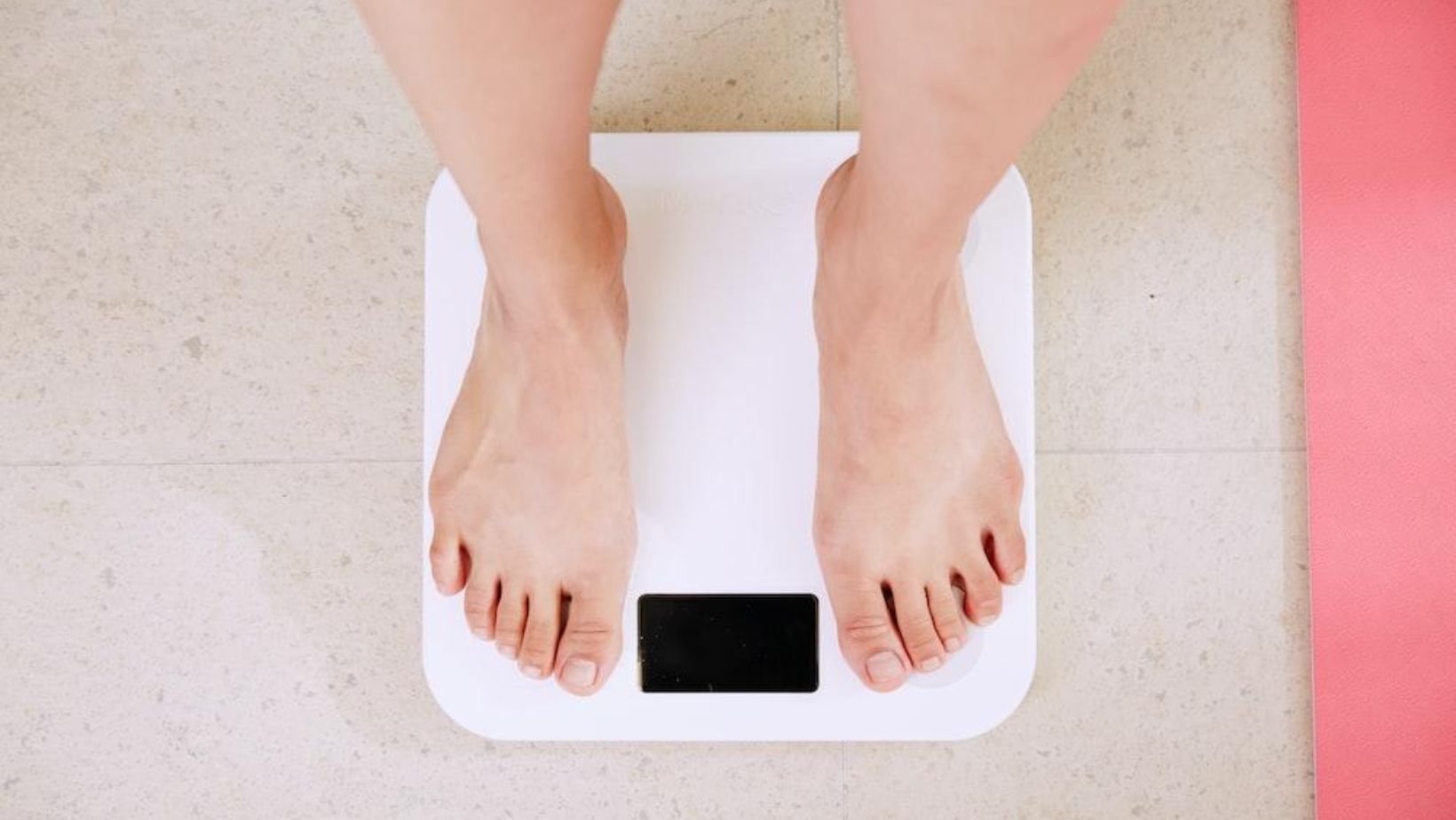
Targeted advertising is a marketing strategy that involves delivering personalized and relevant messages to potential customers based on their characteristics, preferences, and behaviors. Targeted advertising can help healthcare providers and organizations attract and retain more patients, increase brand awareness, and improve patient satisfaction and loyalty.
By using healthcare digital marketing, doctors can reach out to specific patients who need their services through customized ads.
This blog post will discuss how targeted advertising can be used to reach specific patient demographics in healthcare, such as age groups, genders, ethnicities, locations, and conditions.
Why Targeted Advertising Matters in Healthcare
Healthcare is a highly competitive and complex industry where patients have more choices and information than ever before. Patients are also becoming more empowered and proactive in managing their health and wellness, seeking out providers and services that best suit their needs and expectations. Therefore, healthcare marketers need to adopt a more customer-centric approach, focusing on delivering value and solutions to their target audiences.
Targeted advertising can help healthcare marketers achieve this goal by:
- Segmenting the market into smaller groups of patients with similar characteristics, needs, and preferences.
- Tailoring the message to each segment, highlighting the benefits and features of the healthcare digital marketing service or product that are most relevant and appealing to them.
- Choosing the right channel to deliver the message, using the most effective and appropriate media platforms and formats for each segment.
- Measuring the results of the campaign, using data and analytics to monitor and estimate the performance and impact of the targeted advertising.
By using targeted advertising, healthcare marketers can improve the effectiveness of their marketing efforts, reaching more potential patients with less expense and time. Targeted advertising can also help healthcare marketers build trust and rapport with their audiences, creating a positive brand image and reputation.
How to Use Targeted Advertising to Reach Specific Patient Demographics in Healthcare
To use targeted advertising to reach specific patient demographics in healthcare, healthcare marketers need to follow a few steps:
Identify the Target Audience
The first step is to define who the ideal patients are for the healthcare digital marketing service or product. This can be done by conducting market research, analyzing existing data, or creating buyer personas.
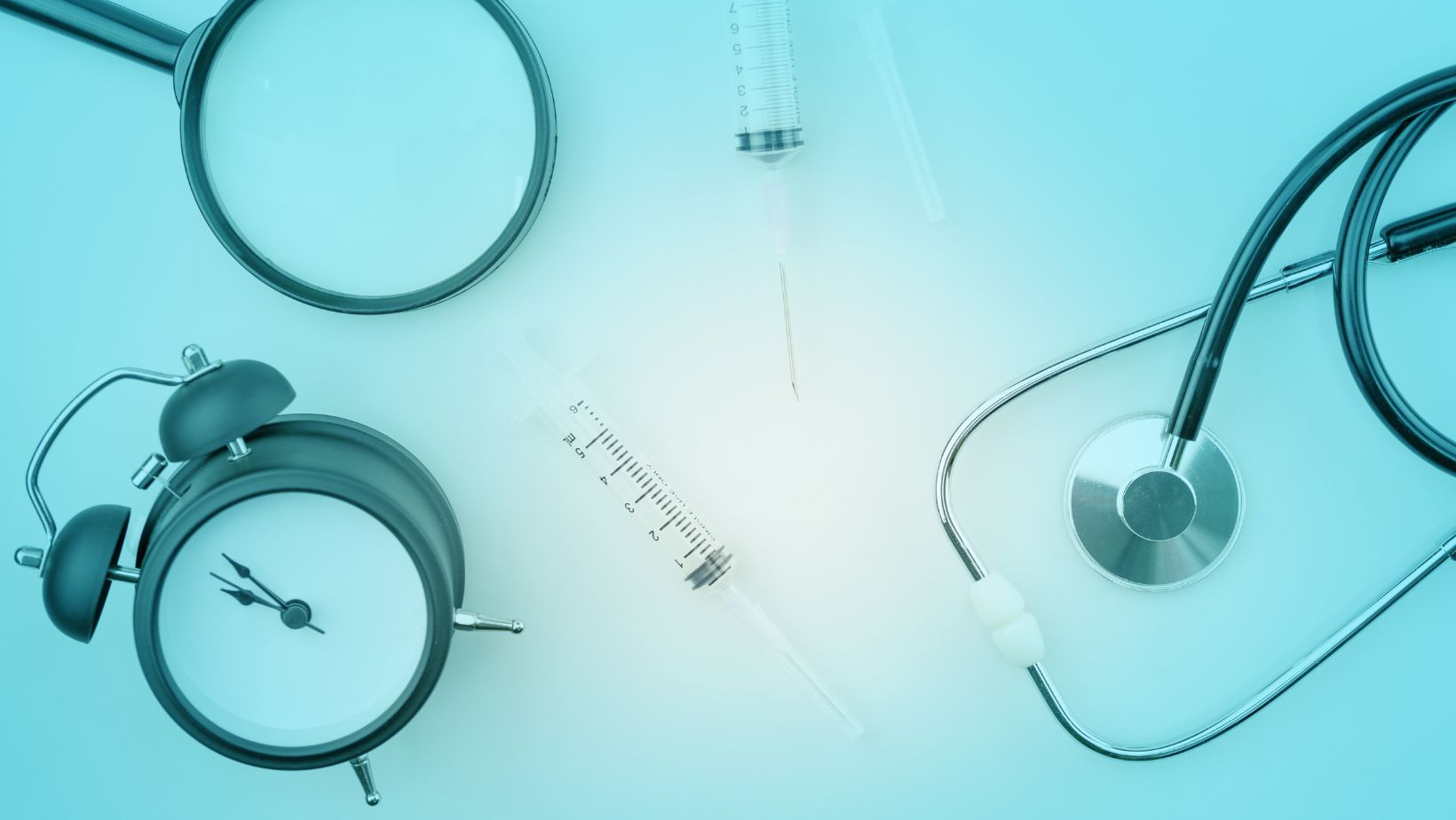
The target audience should be as specific as possible, considering factors such as age, gender, ethnicity, location, income, education, lifestyle, health status, health goals, health challenges, health behaviors, health interests, health needs, health preferences, health motivations, etc.
Create the Value Proposition
The next step is to craft a compelling value proposition that communicates how the healthcare service or product can help the target audience solve their problems or achieve their goals. The value proposition should be clear, concise, unique, relevant, and credible. It should also address the pain points and benefits of the target audience, as well as differentiate the healthcare service or product from competitors.
Select the Channel
The third step is to choose the best channel to deliver the value proposition to the target audience. The channel should match the preferences and behaviors of the target audience, as well as the objectives and budget of the campaign. Some examples of channels that can be used for targeted advertising in healthcare are:
- Search engines: Search engines such as Google or Bing can be used to display ads based on keywords that users type in when looking for information or solutions related to health issues or services. Search engine ads can be customized based on location, device, time, etc., to reach more relevant users.
- Social media: Social media platforms such as Facebook or Twitter can be used to display ads based on users’ profiles, interests, behaviors, etc., as well as their interactions with other users or pages related to health topics or services. Social media ads can also leverage user-generated content, such as reviews or testimonials, to increase credibility and engagement.
- Email: Email marketing can be used to send personalized messages to subscribers who have opted-in to receive communications from the healthcare provider or organization. Email marketing can be segmented based on various criteria, such as demographics, behaviors, preferences, etc., to deliver more relevant content and offers.
- Mobile: Mobile marketing can be used to reach users who access health information or services through their smartphones or tablets. Mobile marketing can include text messages, push notifications, mobile apps, mobile websites, etc., that can be tailored based on location, device, time, etc., to provide more timely and convenient solutions.
- Video: Video marketing can be used to showcase the features and benefits of the healthcare service or product in a more visual and engaging way. Video marketing can be distributed through various platforms, such as YouTube, Vimeo, or the healthcare provider’s or organization’s website, and can be targeted based on keywords, topics, interests, etc., to reach more relevant viewers.
- Display: Display advertising can be used to display banners or images on websites or apps that are related to health topics or services. Display advertising can be targeted based on keywords, topics, interests, etc., to reach more relevant users.
Test and Optimize
The final step is to test and optimize the targeted advertising campaign, using data and analytics to measure and improve the results. Some of the metrics that can be used to evaluate the performance and impact of the targeted advertising campaign are:
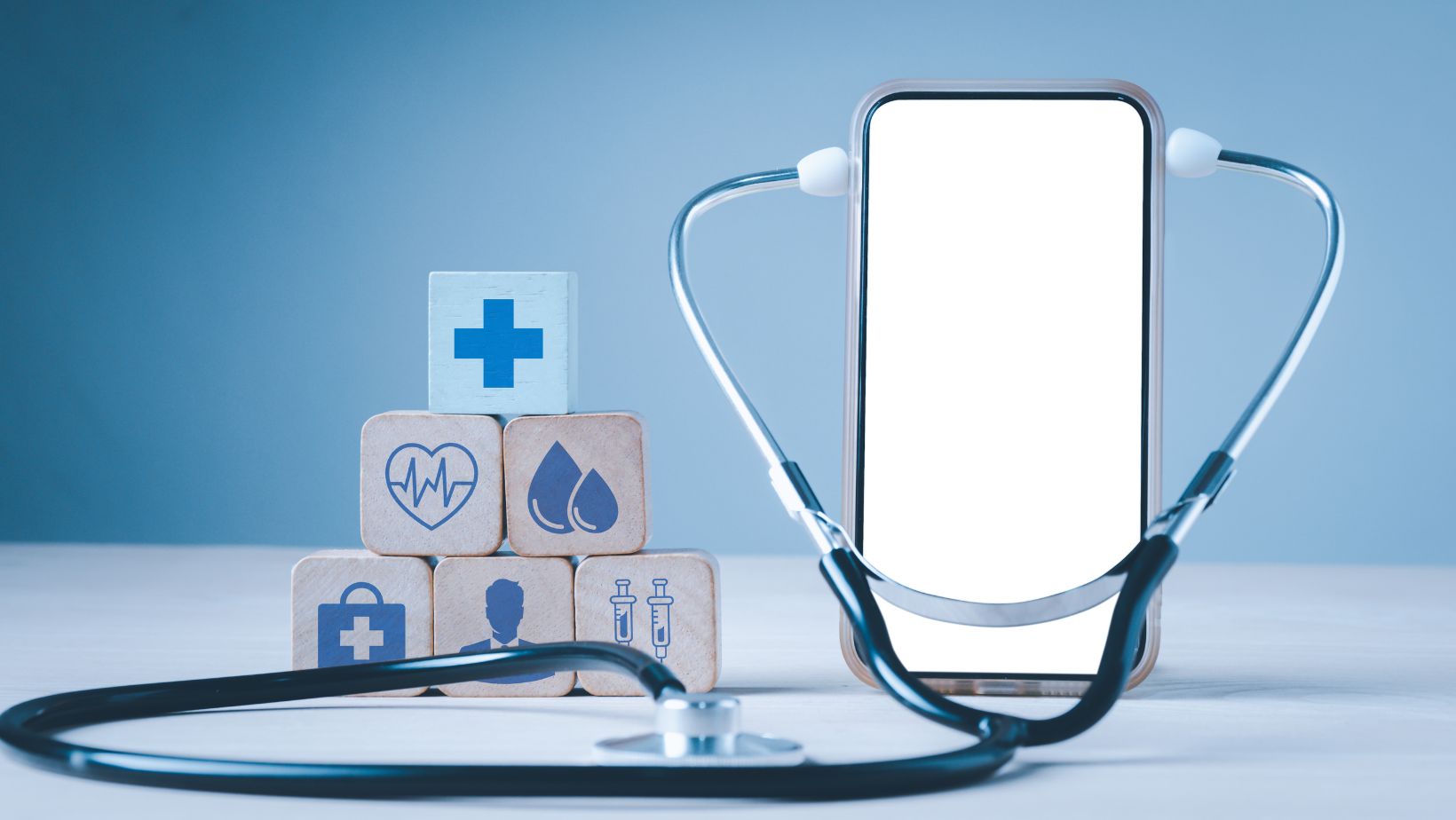
- Reach: Reach measures how many people saw the ad or message.
- Impressions: Impressions measure how many times the ad or message was displayed.
- Clicks: Clicks measure how many people clicked on the ad or message.
- Conversions: Conversions measure how many people took the desired action after clicking on the ad or message, such as filling out a form, making an appointment, buying a product, etc.
- Cost per click (CPC): CPC measures how much it costs to get one click on the ad or message.
- Cost per conversion (CPC): CPC measures how much it costs to get one conversion from the ad or message.
- Return on investment (ROI): ROI measures how much revenue or profit is generated from the ad or message compared to the cost of the campaign.
By testing and optimizing the targeted advertising campaign, healthcare marketers can identify what works and what doesn’t and make adjustments accordingly to improve the outcomes.
Conclusion
Targeted advertising is a powerful marketing strategy that can help healthcare providers and organizations reach specific patient demographics in healthcare, such as age groups, genders, ethnicities, locations, and conditions.
By using targeted advertising, healthcare marketers can deliver personalized and relevant messages to potential customers, increasing their chances of attracting and retaining more patients, increasing brand awareness, and improving patient satisfaction and loyalty.



